Where the Peaks of Europe Meet the Atlantic - Cantabria

The pit bull attack during the last beach sleepover left us awake early, so we hit the trail first thing in the morning. Before 8 a.m., we reached the imaginary border between Basque Country and Cantabria, another autonomous region. Cantabria is characterized by its epic coastlines, lush green landscapes, and the Picos de Europa mountain range. But what truly sets Cantabria apart is its balance between serenity and connectivity. I have been to many parts of Spain, but this one seemed the calmest of them all. This is a place where time has forged a strong connection between its people and the land. Many Cantabrians have traditionally been involved in agriculture and fishing, and this connection is still evident today. The bond between the people, the land, and the sea runs deep. I spent less than a week walking across it on my Camino del Norte journey.
Montañismo Way of Life
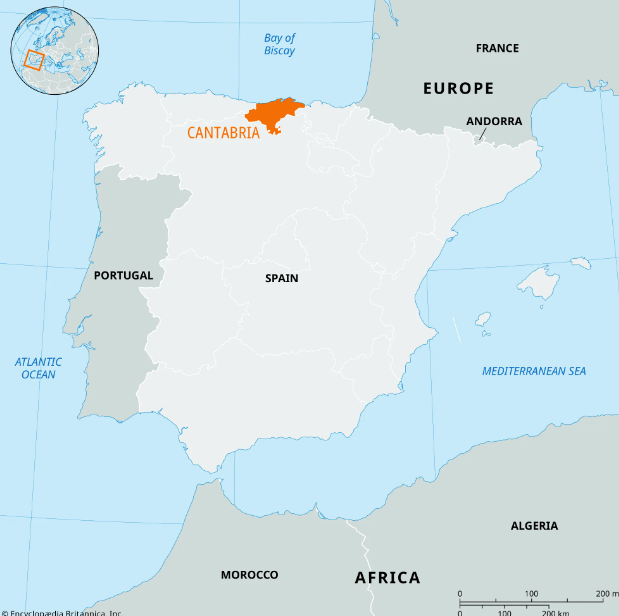
Cantabria is an autonomous community and province in northern Spain, with Santander as its capital city. It often slips under the radar compared to its more famous neighbours, yet it offers an unparalleled experience for those who seek authenticity. It is often overlooked in favor of Basque Country or Asturias, but Cantabria has its unique offerings. It is home to many historic sites, such as Altamira Cave, often referred to as the “Sistine Chapel of Prehistoric Art.” These sites are part of a UNESCO World Heritage designation.
This region is home to Picos de Europa National Park, Spain’s oldest national park. This makes it a haven for outdoor enthusiasts and a great location for those looking to balance remote work with adventure. For some reason, not even many Europeans are fully familiar with this place, which is quite surprising to me. This place is a fantastic playground for anyone who loves outdoor sports or just enjoys spending time in mountainous regions. Now, more than ever, as we talk about attracting travelers to lesser-known spots, places like Picos de Europa are where I would encourage everyone to go.
Cantabrians are known for their strong sense of community and solidarity. This is especially evident in rural areas, where communal activities and mutual support are central to daily life. The concept of "Montañismo" a term used to describe the mountain people’s way of life, encapsulates the values of resilience, independence, and mutual aid.
Picos de Europa is not on the Camino, but I visited it on another trip. It is truly a magnificent place, staying true to its name.
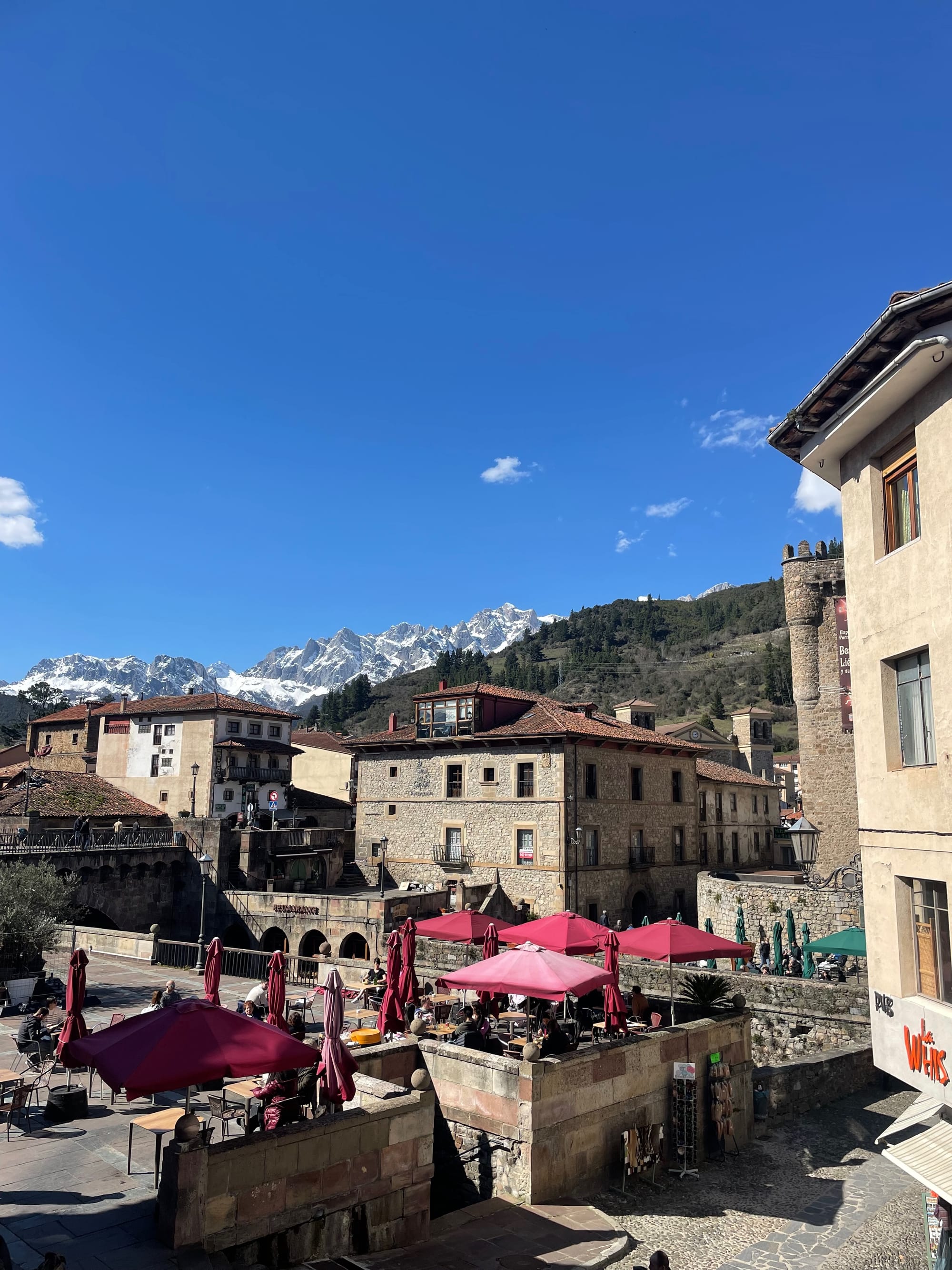
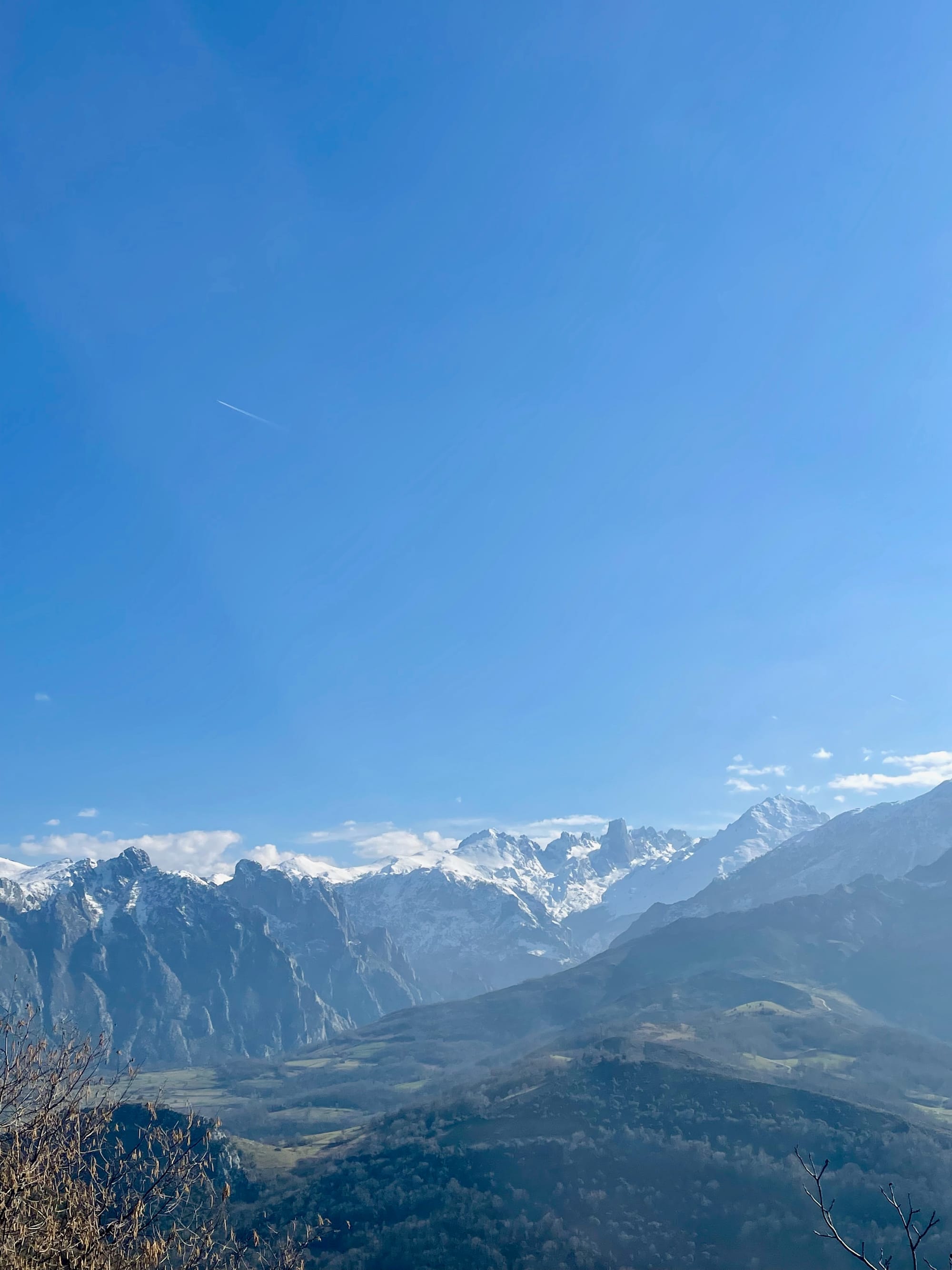
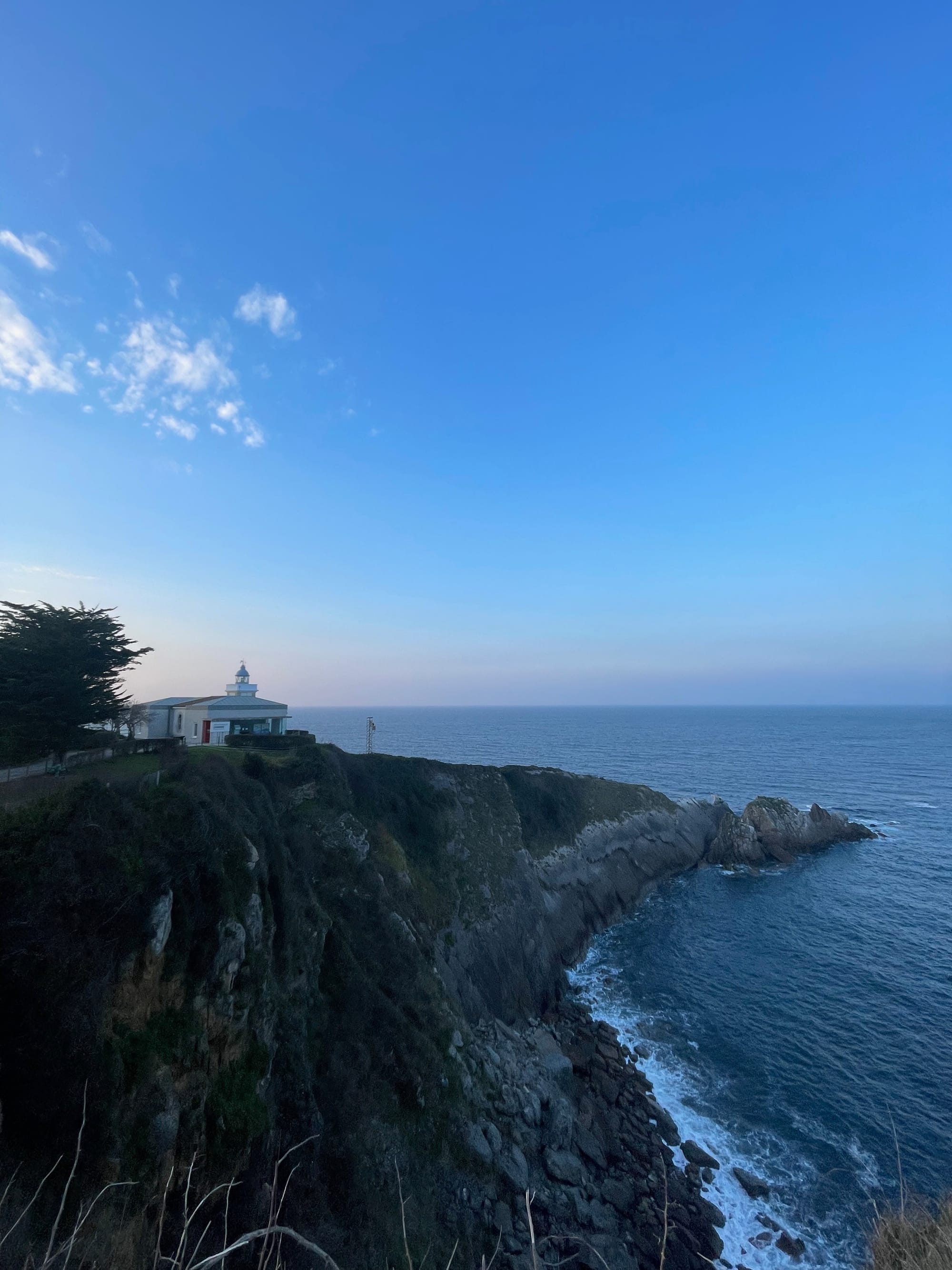
Potes, a village in Picos de Europa & a lighthouse in San Vicente de la Barquera.
Cantabrian Camino
This part of the Camino is less crowded than other routes, allowing for moments of solitude. For some reason, the Basque Country felt much busier, as did the sections that came afterwards. On the first day, we walked in the rain non-stop. Surprisingly, it didn't even feel bad because we were surrounded by absolutely stunning landscapes, overlooking famous surfing beaches and watching surfers getting barreled in the majestic waves of the Atlantic Ocean.
We spent the night in the fishing town of Castro Urdiales, where we climbed its fortress and enjoyed great seafood. We continued toward Laredo and decided to camp on a nearby cliff before making our way to Santoña, where we had to take a ferry to cross the ocean and reach the next stage. That night, we planned to stay in Güemes.
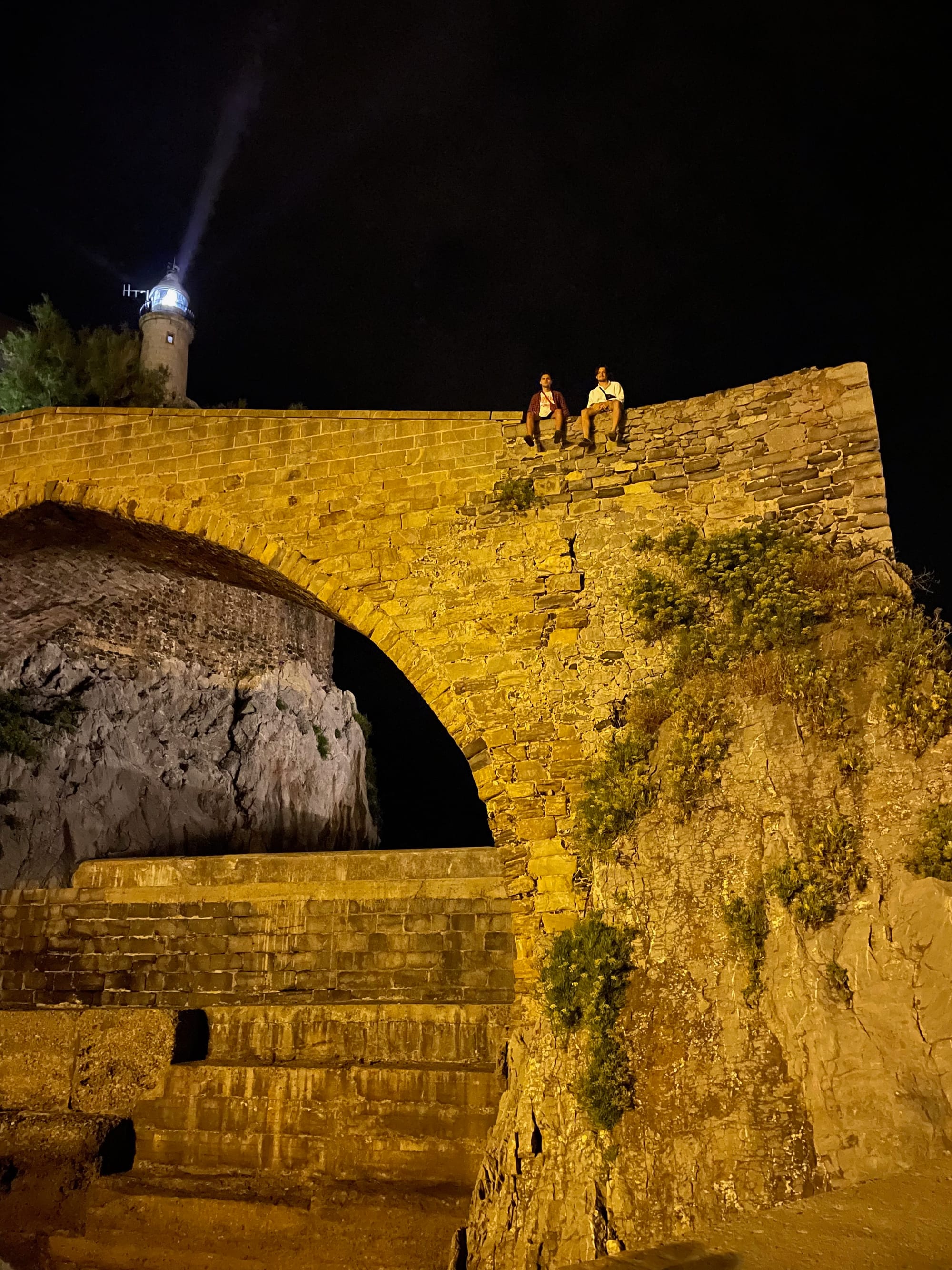
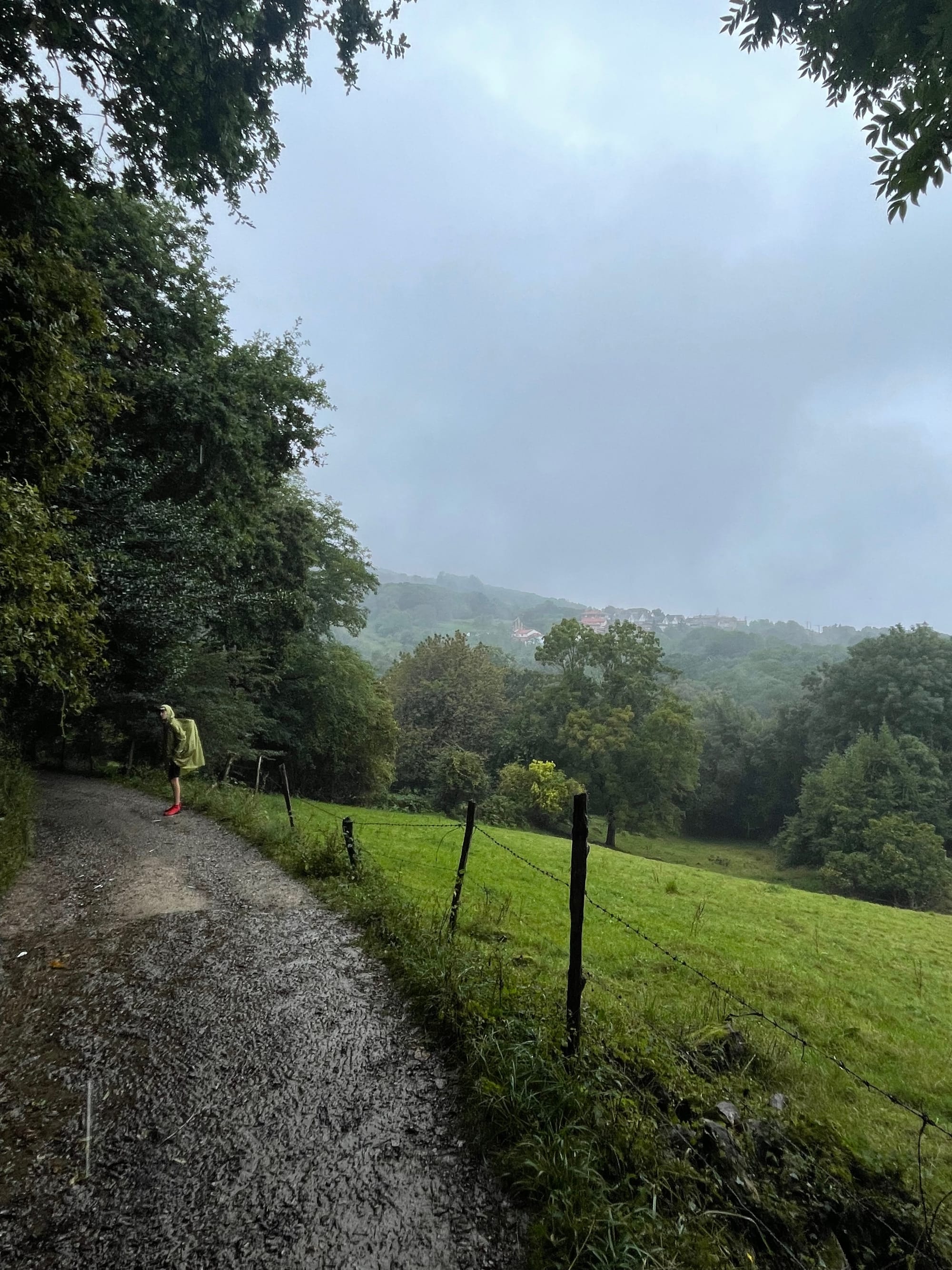
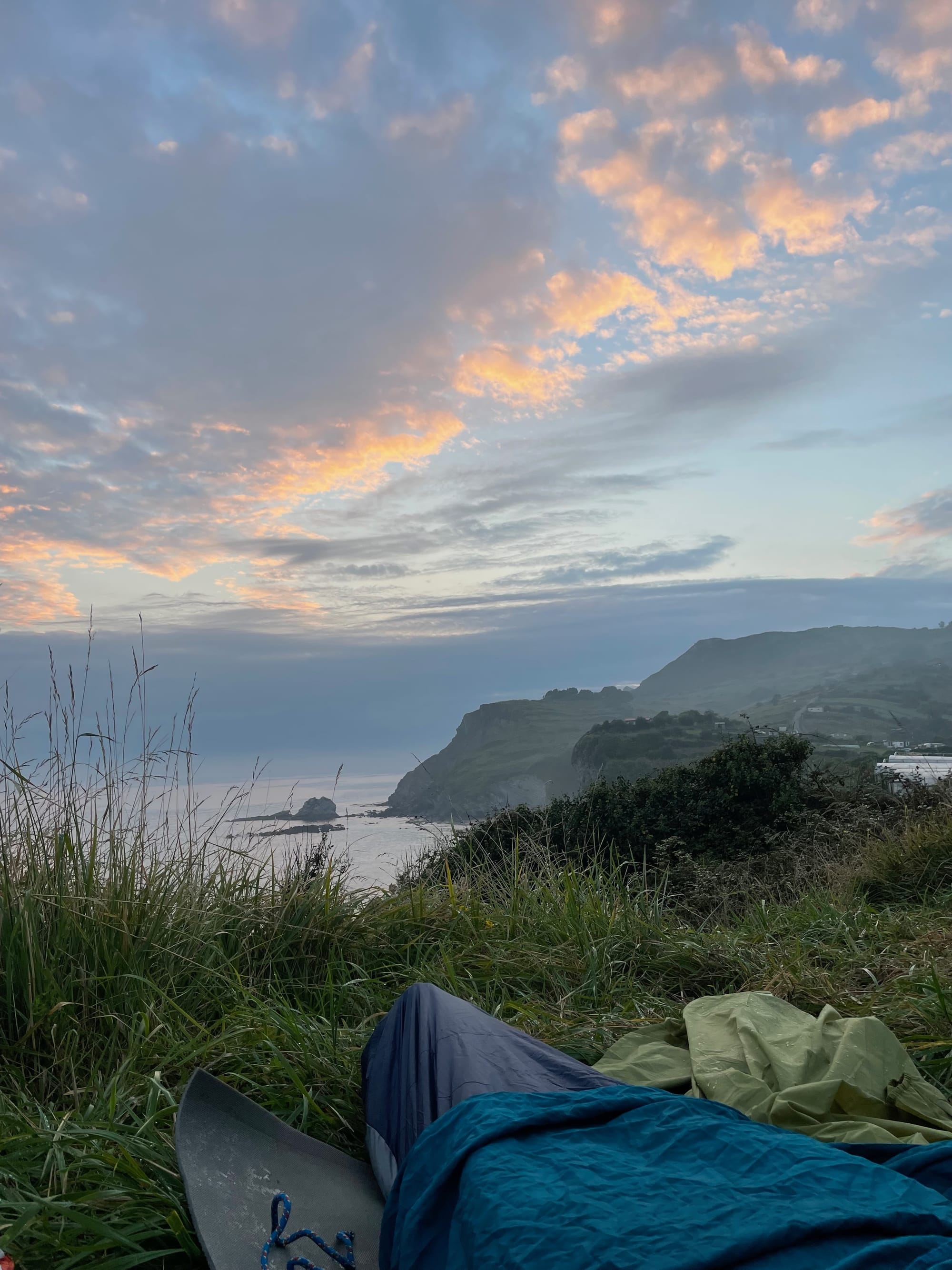
Cantabrian adventures.
I chose this little village purposely because it is home to one of the most famous albergues on the Camino del Norte, called La Cabaña de Abuelo Peuto. It was originally the family home of "Padre Ernesto," a man who hosts over 11,000 pilgrims a year. I didn't have the chance to meet Ernesto, as he was travelling at the time. He has worked in various roles, including in the gold mines of Venezuela and as a fisherman in Senegal, among other things. My friends Luis & Maria completed Camino last year and they recorded a great documentary about it, interviewing Ernesto too.
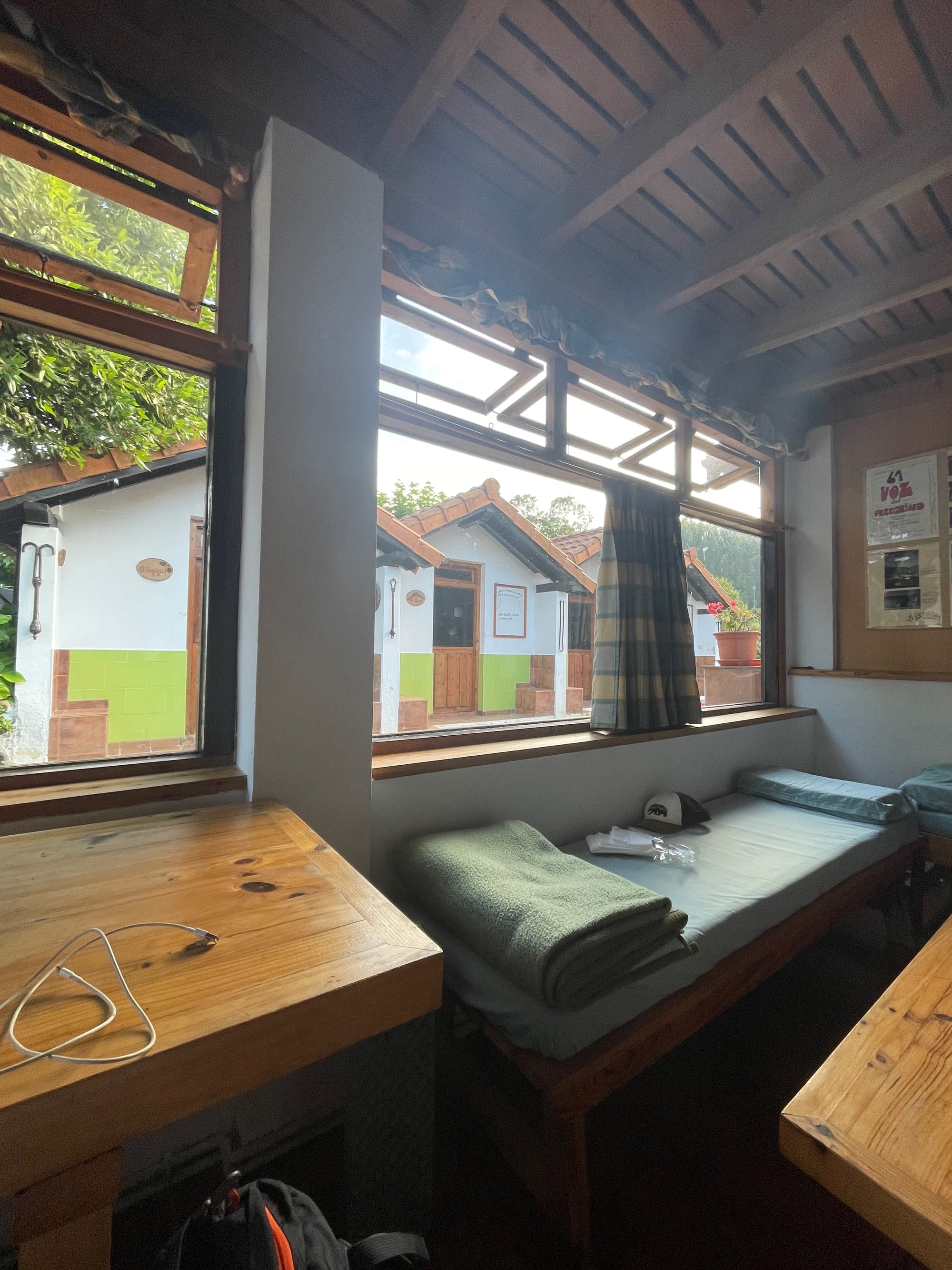
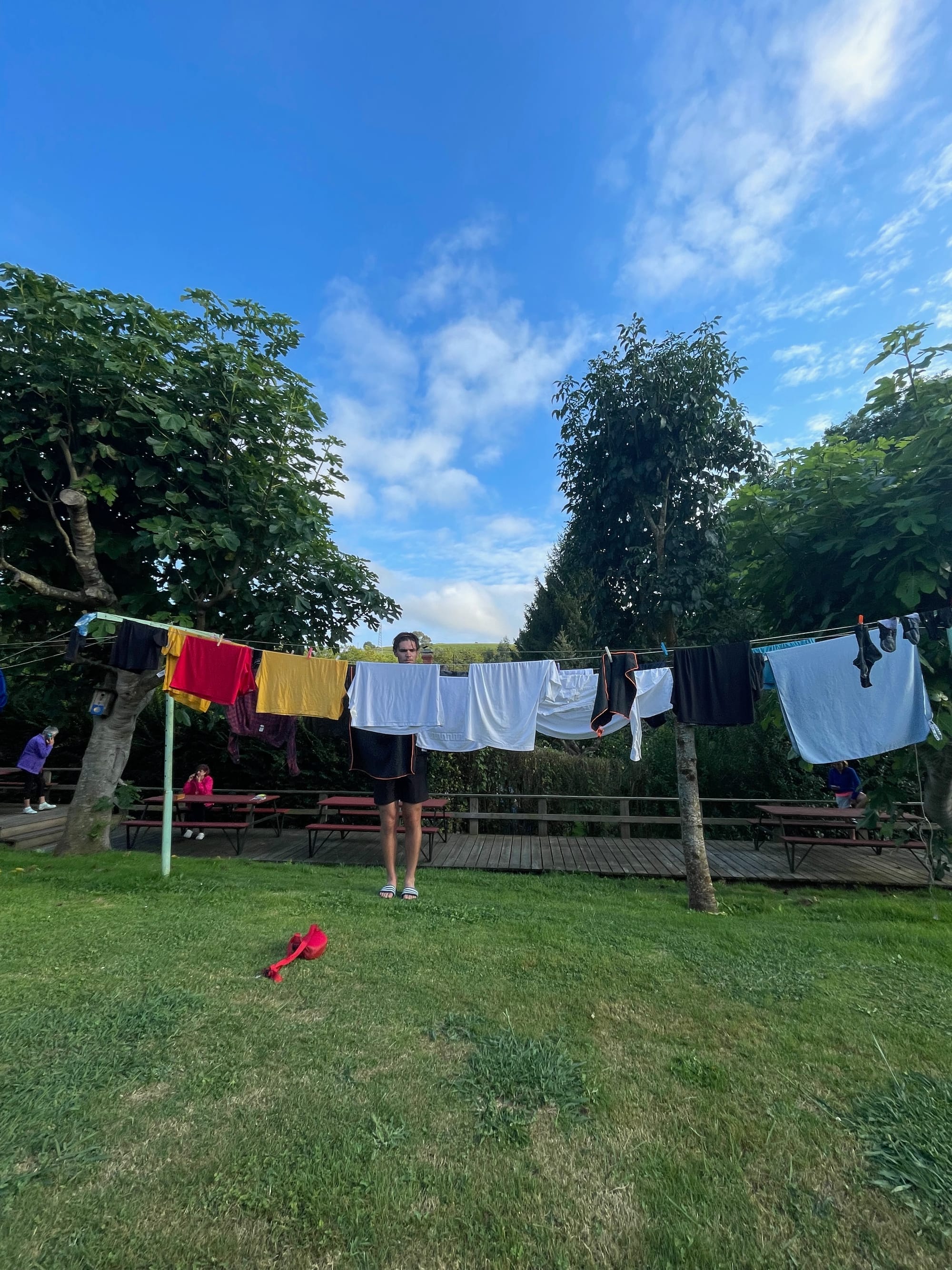
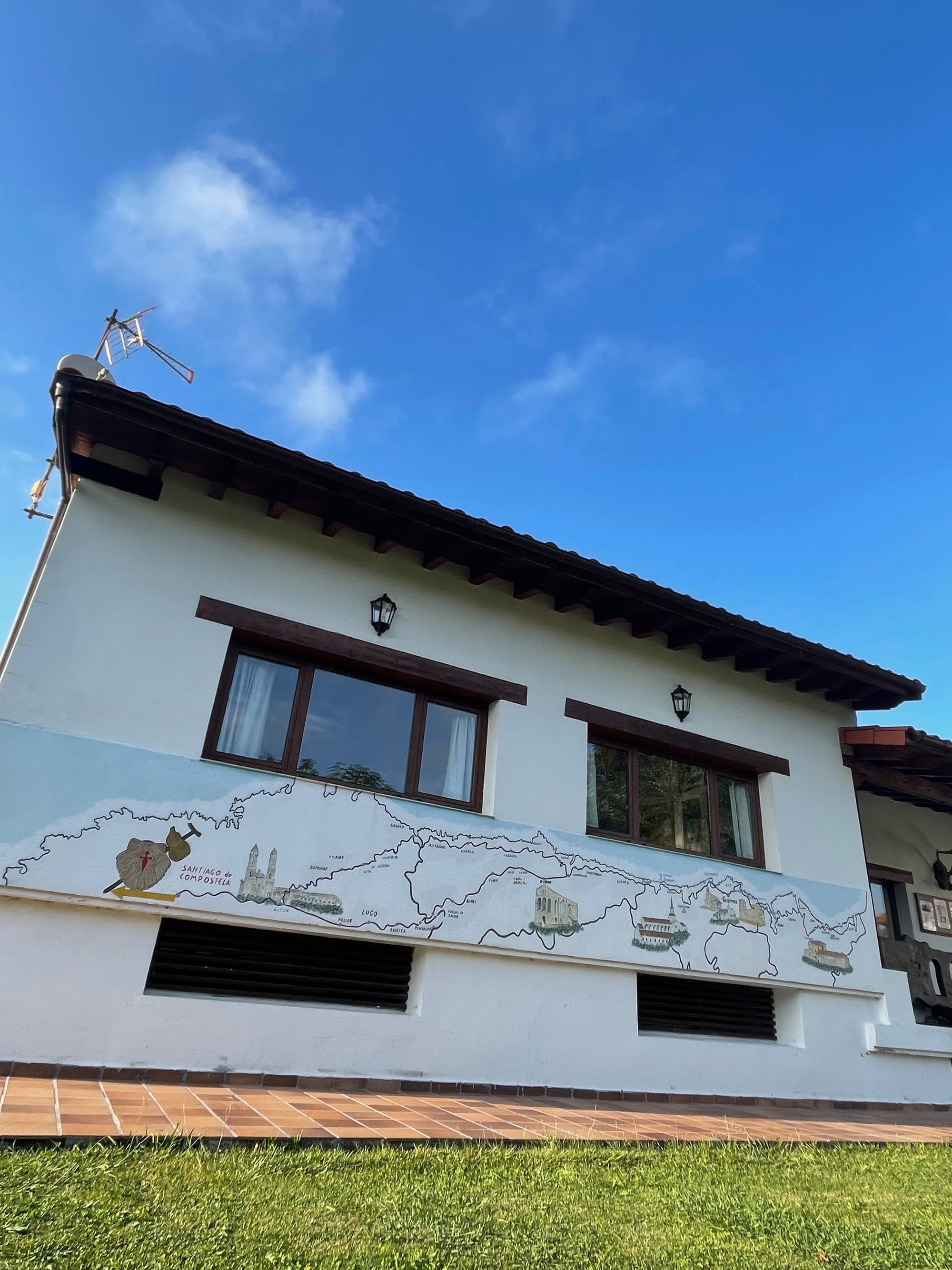
Laundry time at la Cabaña de Abuelo Pueto.
One of the charms of the Camino is that you always spend the night in a different place, making each night unique. In some parts, you may come across people you met a few days or weeks ago and reconnect with them. The beauty of it is that every day is different, even though you're doing the same thing—just waking up and walking.
As Lukas was with me for most of the Cantabrian stretch, we had a long journey from Güemes to Santander. This stage didn't even feel like being in Spain. If someone had driven me there with my eyes closed and asked me to guess where I was, I would likely have said Ireland! The cliffs were not the Cliffs of Moher, but they were very impressive nonetheless. Santander is the city where I initially flew in, and where Lukas was going to fly out. It felt surreal to arrive at the same place after 10 days on my feet—quite an achievement! We planned to hike a bit outside of town and camp again. Truth be told, to this day, it may be the most picturesque spot where I've ever laid my head down.
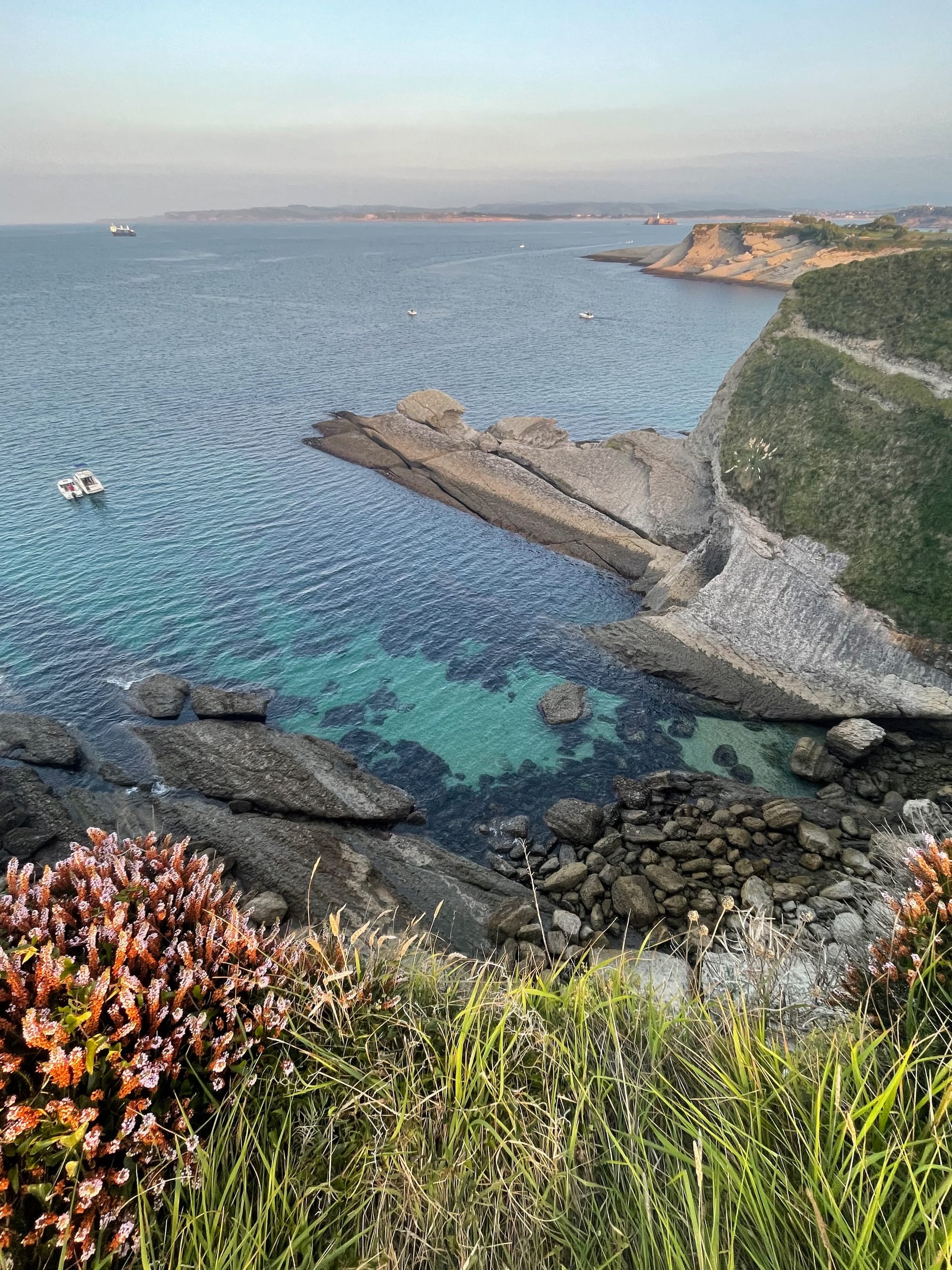
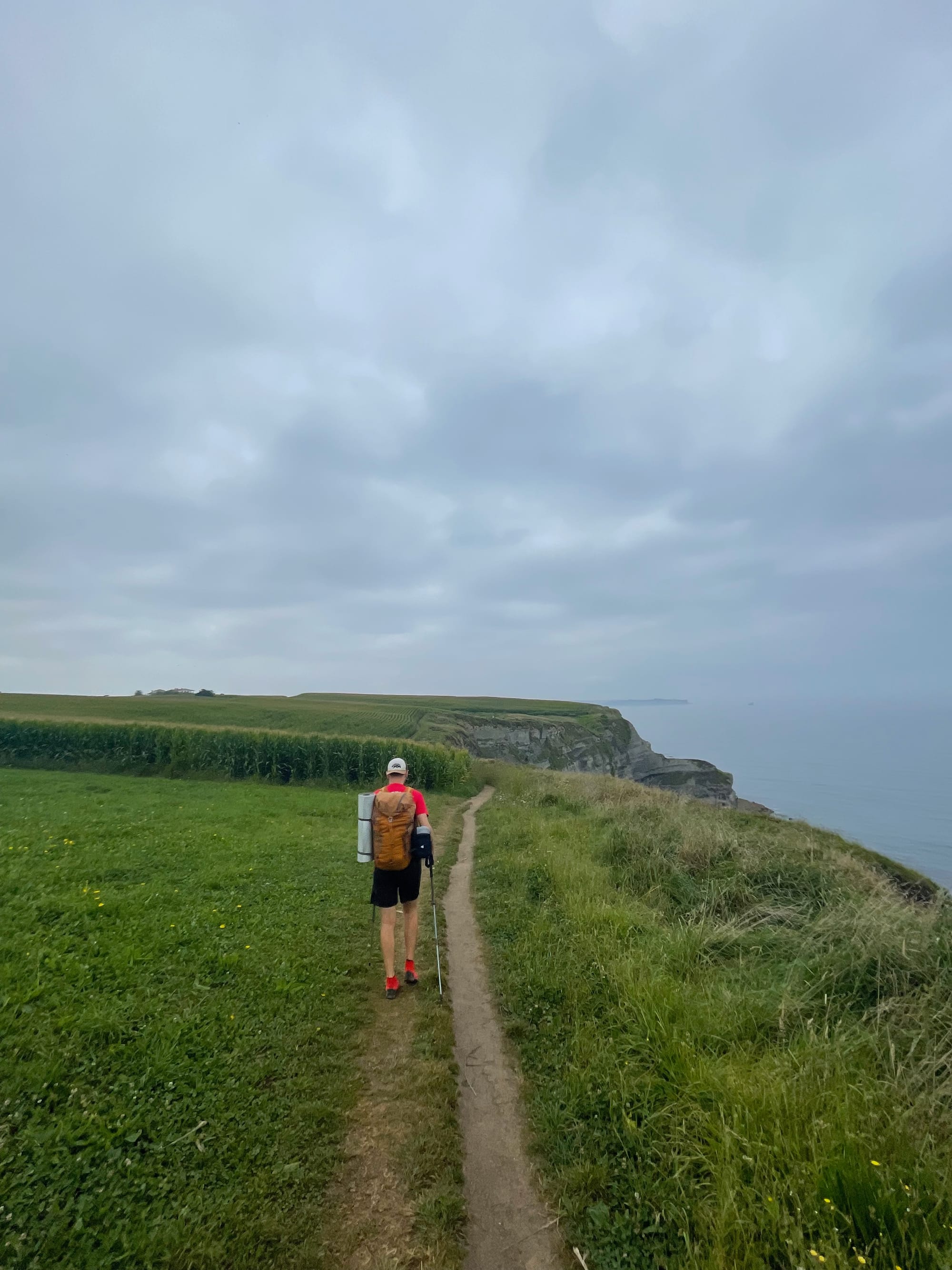
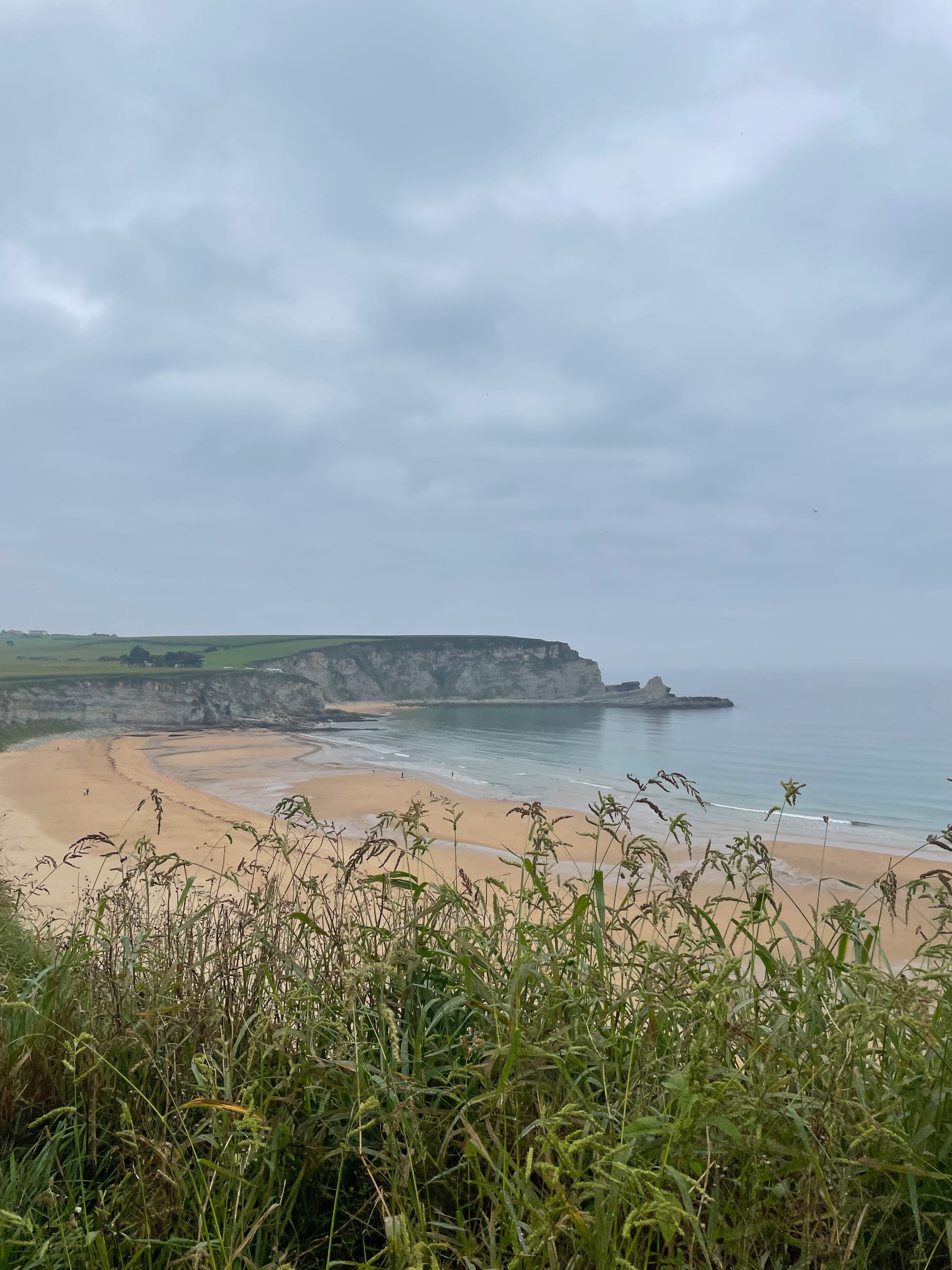
Santander Area
The Cantabrian Camino means the trail meanders through fishing villages like San Vicente de la Barquera, where you can witness traditional Cantabrian life, largely unchanged for centuries. I would go as far as to say it's one of the most beautiful views I have ever seen. You can stay in a place where one window overlooks a 5-kilometre-long surfing beach, while the other offers a view of the snow-capped Picos de Europa. The seafood, from oysters to octopus to paellas, is mouthwatering.
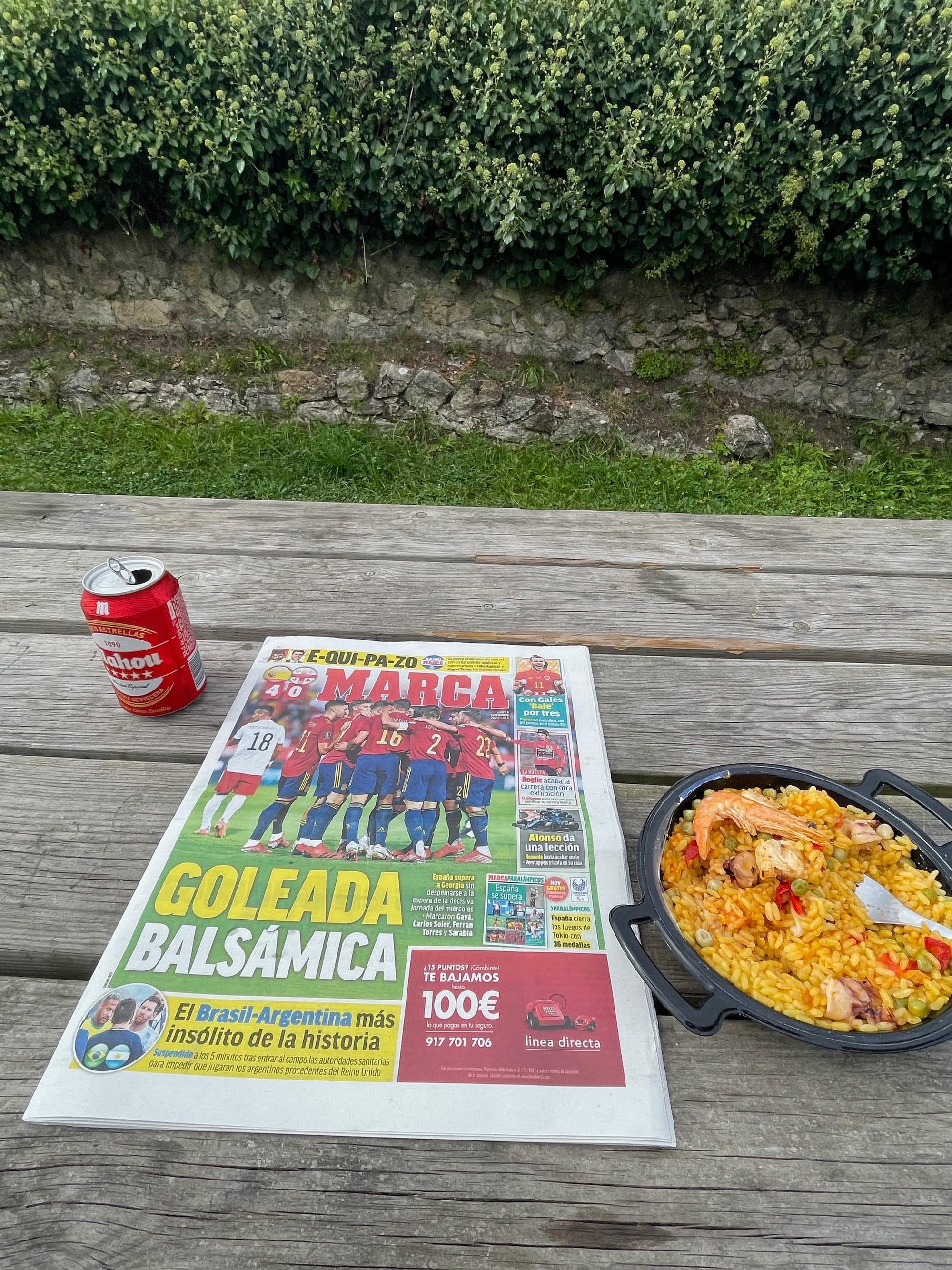
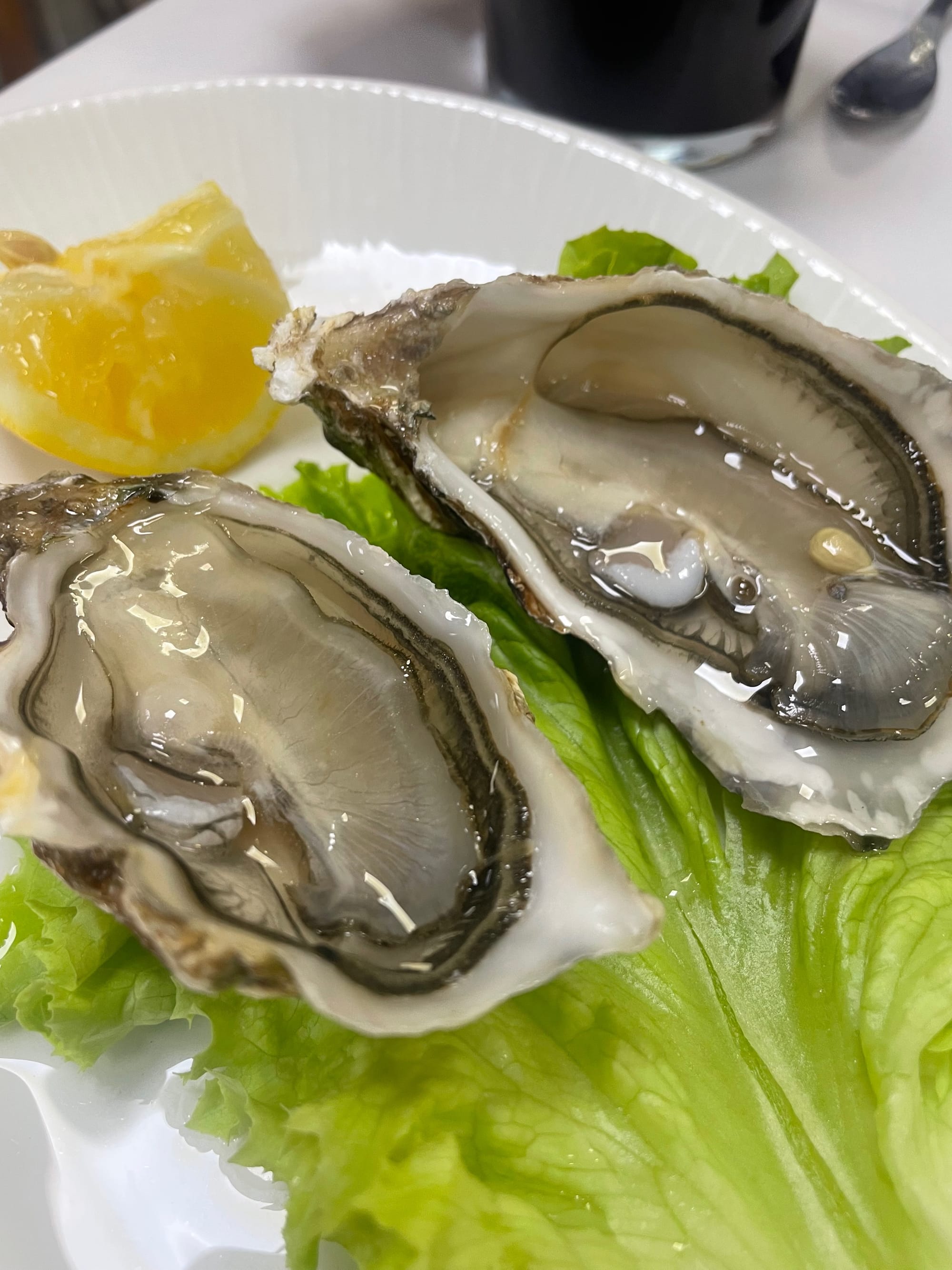
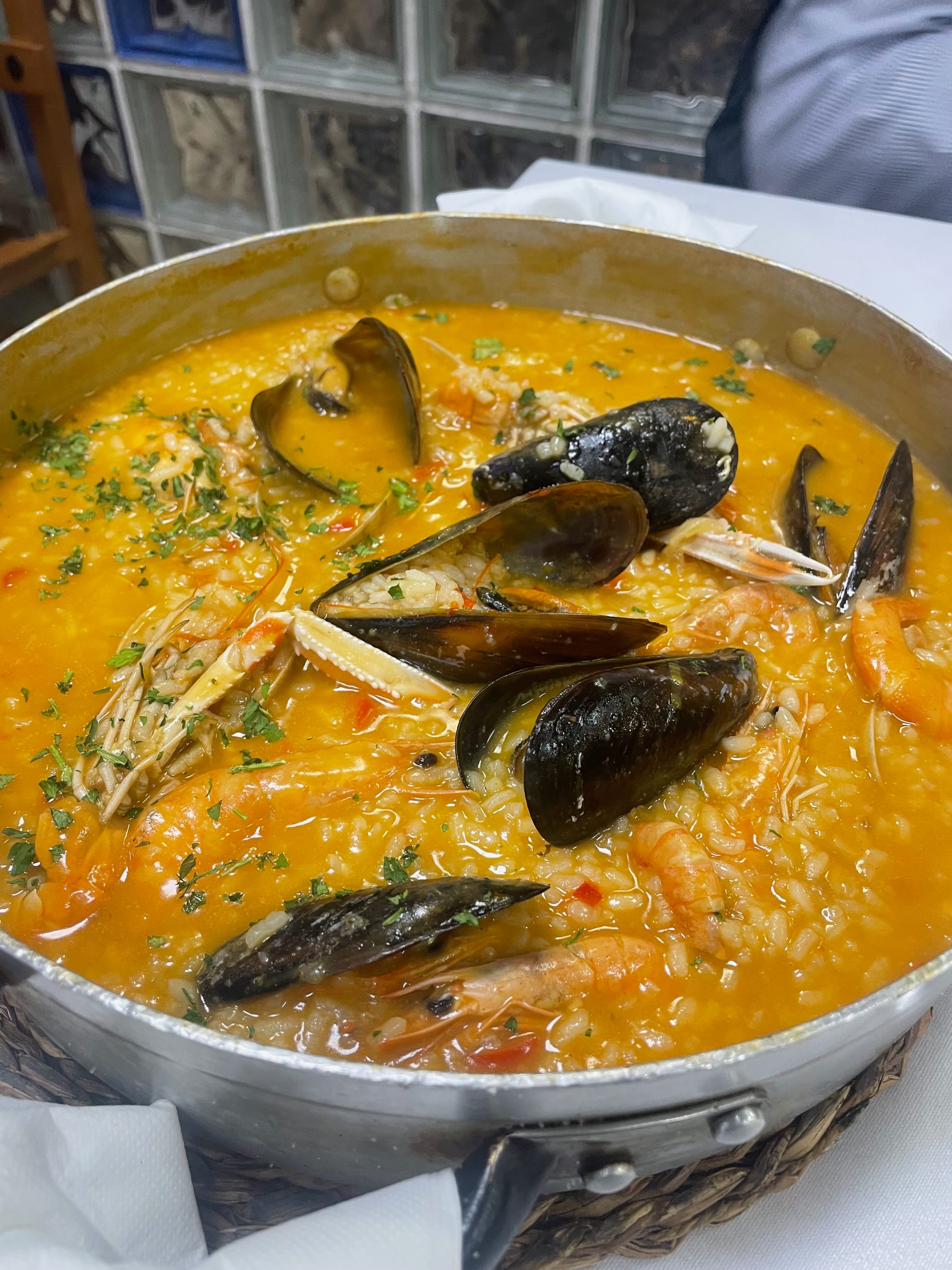
Young Talent Leaving
Despite its many advantages, Cantabria faces a challenge: a significant number of young talents are leaving the region in search of better opportunities. According to a recent report, 63.1% of young people in Cantabria express a willingness to move abroad for career advancement, which is lower than in other regions of Spain. High unemployment rates and limited job prospects in certain sectors contribute to this trend. Many young people feel compelled to seek opportunities in larger cities or abroad, where they believe they can achieve their professional goals.
Interestingly, a significant portion of Cantabria's youth (39.47%) aspires to become entrepreneurs. This entrepreneurial spirit indicates a desire for innovation and self-employment, yet many feel that the local environment does not support their ambitions sufficiently.
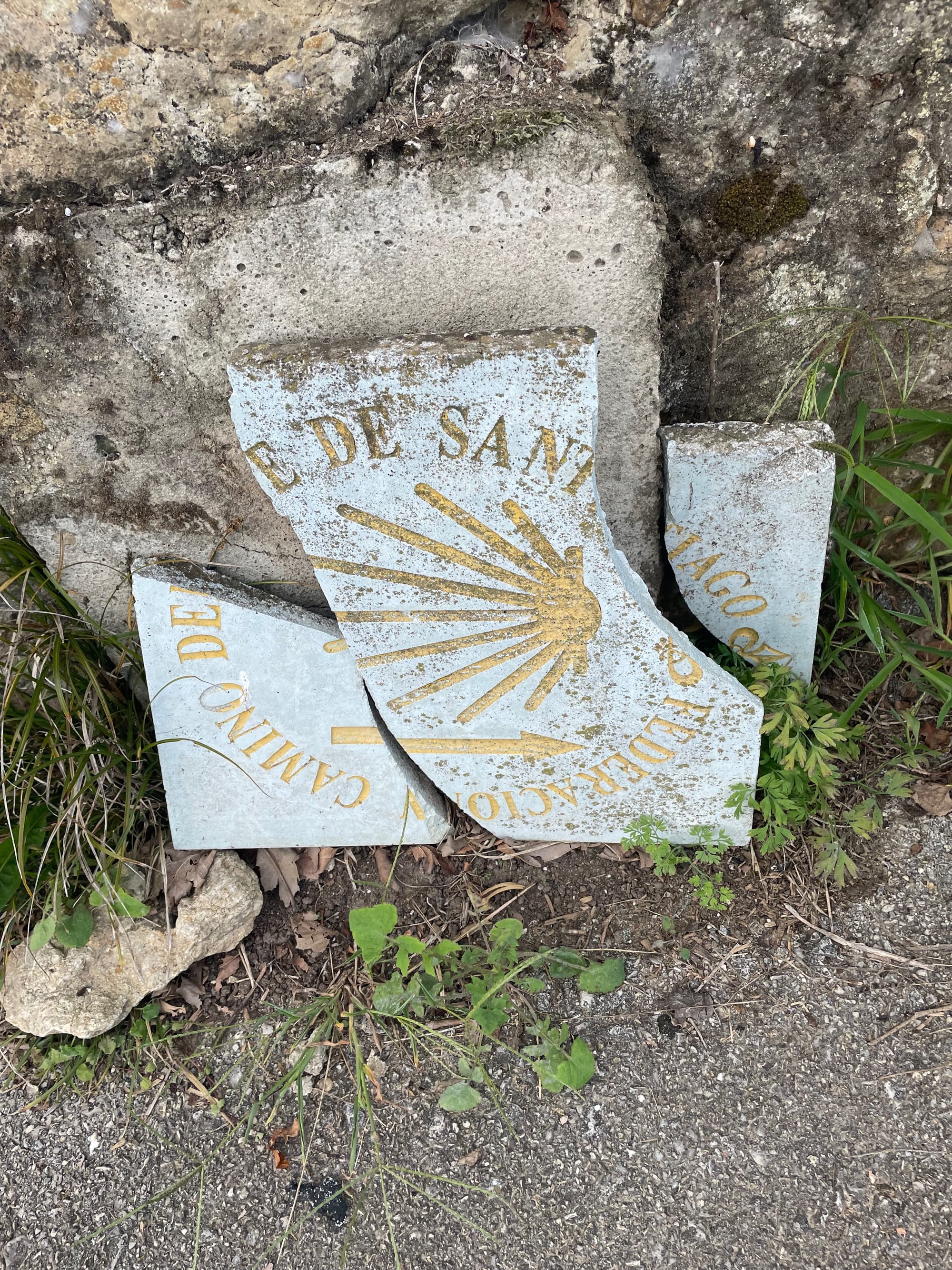
How Can Cantabria Stop the Talent Leakage?
To reverse the trend of young talents leaving, Cantabria must leverage its unique strengths. If Cantabria positions itself as a destination for digital nomads, it can attract those seeking a blend of work and leisure. As we know - most of digital nomads are entrepreneurial. Either running their businesses or freelancing. If local governments take steps - it can foster relationships between foreign entrepreneurs and local talent. Solution? Incentives nomads who hire & collaborate with local businesses & SMEs. This could help retain talent within the region. Applicable to any destination in the world.
A tip for Digital Nomads heading to Cantabria:
While Cantabria’s cities offer modern amenities, consider staying in smaller towns like Comillas or Santillana del Mar. These towns offer the perfect blend of historical charm and tranquility, with enough cafes and coworking spaces to keep you connected. If I were to live as a digital nomad in Cantabria, I would rent a van. The outdoor beauty is incredible, and having the ability to move between these beautiful coastal and mountainous towns, with the freedom to choose where to go and work from, would be priceless.
